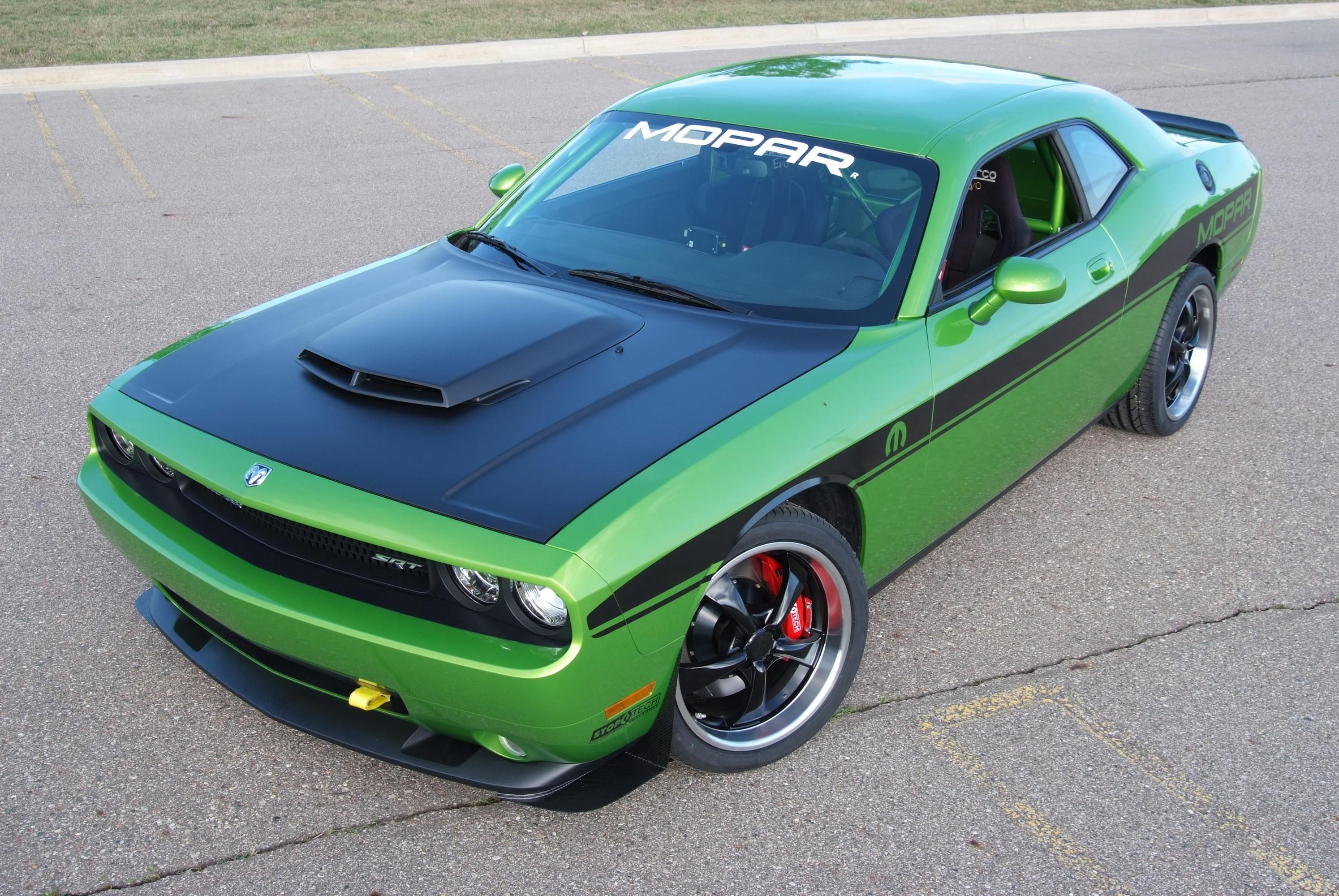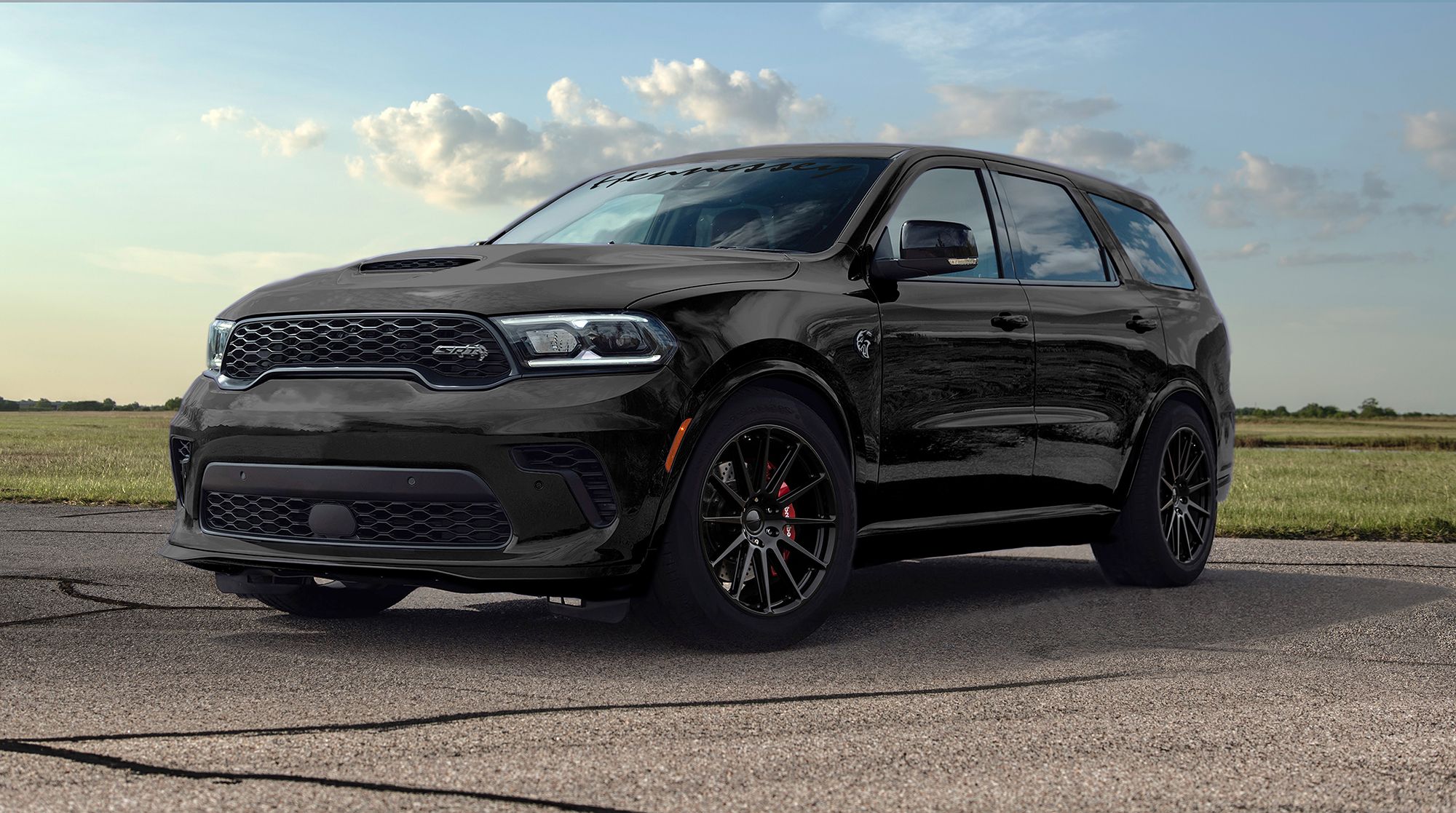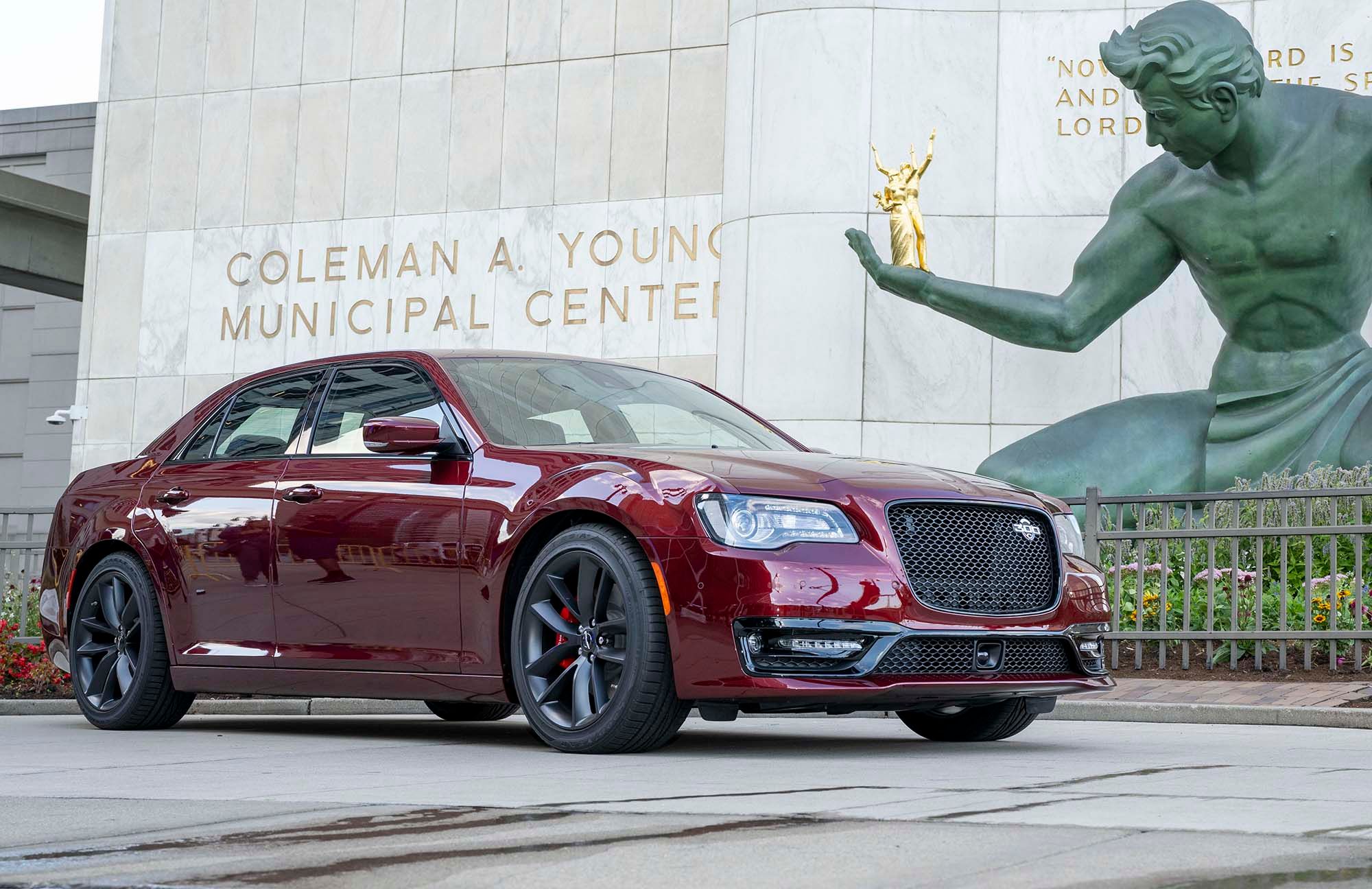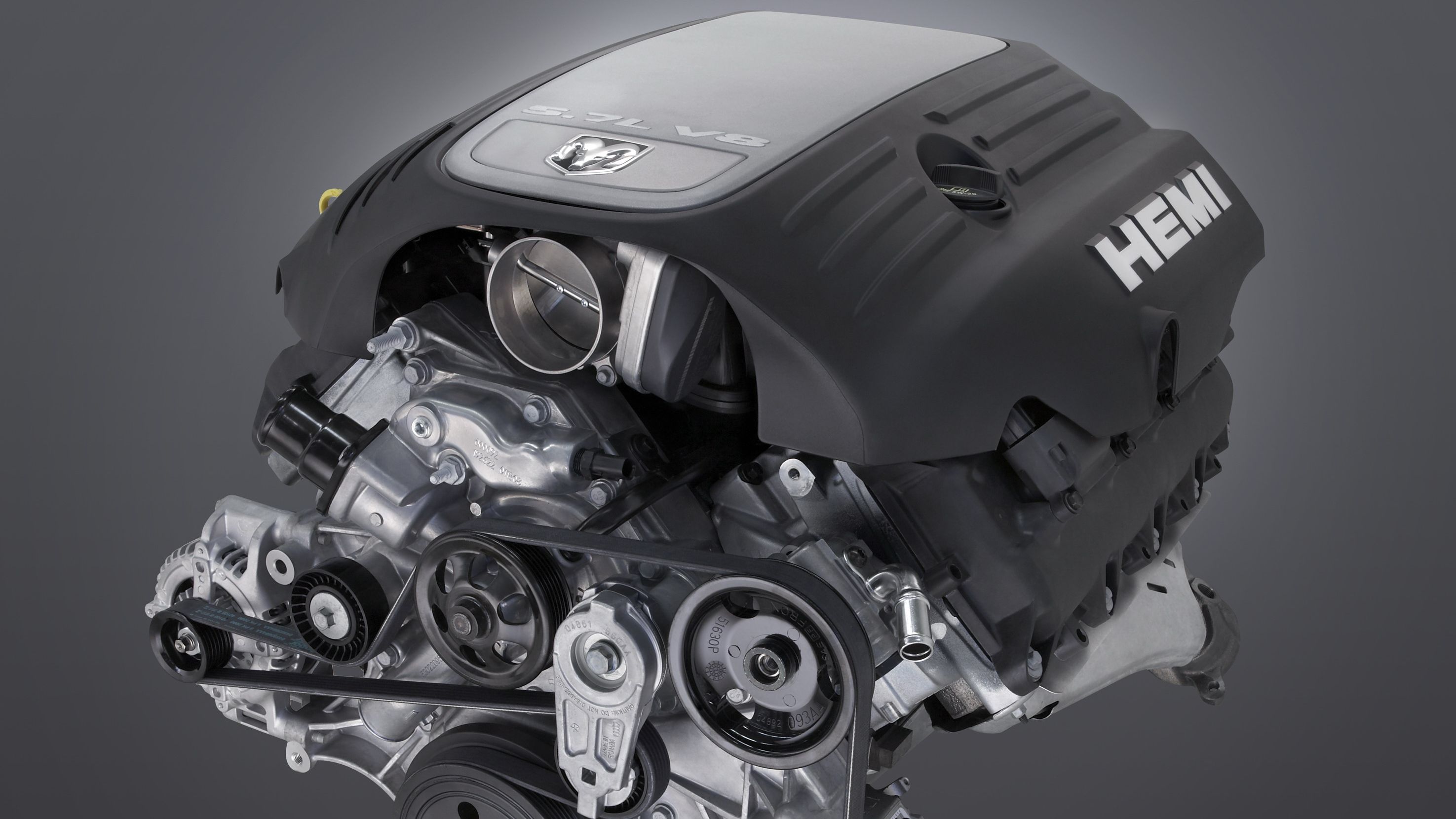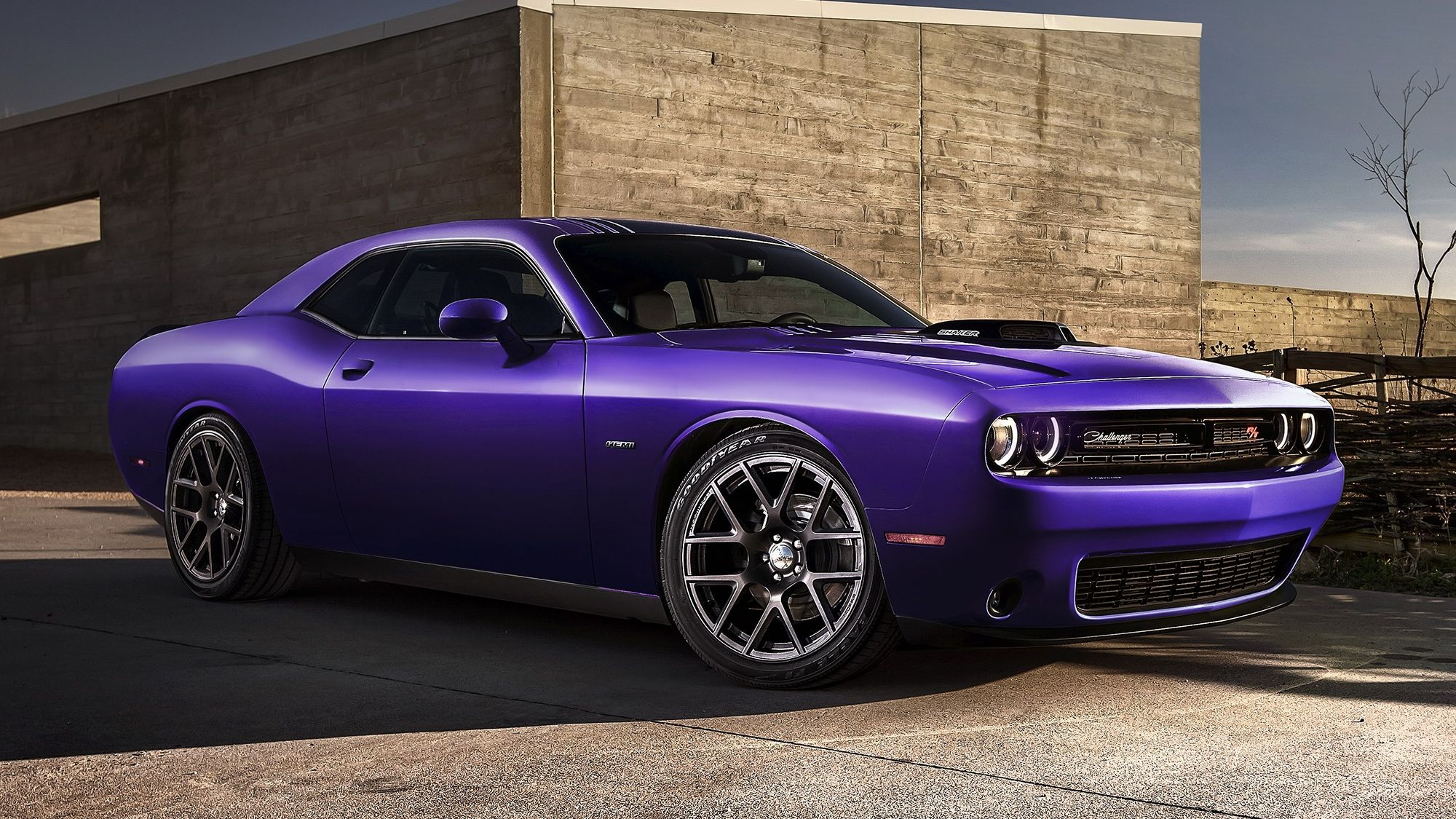While Chrysler is delaying the inevitable demise of the Hemi V-8 for as long as possible, some ancient pushrod engines are already getting phased out in favor of smaller, turbocharged powertrains. Despite Dodge’s introduction of the first-ever EV Muscle car, Chrysler is still planning on keeping internal combustion engines around, at least for a while. The 5.7-liter Hemi V-8, in particular, is scheduled for retirement in 2023 after 20 years of service. Despite sharing almost all of its architecture with the bigger, 6.4-liter Hemi, the 5.7-liter never got the credit it deserves, and there are a few reasons why.
A Decent Mid-Range Proposition
Despite Chrysler’s build quality generally not being regarded as the most consistent, the Hemi series of engines are considered one of the more reliable powertrains out there. The 5.7-liter Hemi benefits from that reliability and while it falls short in terms of performance, compared to the 6.1-, 6.4-, and supercharged 6.2-liter Hemi variants, it still offers decent performance for the money.
In its latest iteration, the “small” Hemi provides a respectable 375 horsepower (280 kilowatts) at 5,150 RPM and 410 pound-feet (555 Nm) at 4,300 RPM. With power going to the rear wheels, the Challenger R/T 5.7 Hemi can sprint from 0 to 60 mph (97 km/h) in 4.8 to 5.0 seconds, depending on whether it is equipped with the eight-speed automatic or six-speed manual. The quarter-mile blazes by in 13.6 seconds at 103.6 mph (166.7 km/h).
The 5.7 Is A Jack Of All Trades
Despite the 5.7 and 6.4-liter V-8 Hemi engines sharing a lot of hardware (most of it, really), the 6.4-liter unit has been designed with performance in mind. It has bigger valves, a longer-duration camshaft, and a bit more compression compared to the 5.7-liter. The 392 also has aluminum heads, which explains why it is slightly lighter than the all-iron 345 cubic-inch V-8.
The 5.7-liter although still packing decent performance, is more of a jack-of-all-trades type of engine. The whole unit has been designed with a much wider application in mind, which is why you see it in most of the bigger Chrysler products, ranging from the Challenger/Charger to the Jeep Grand Cherokee, Dodge Durango, and the whole family of RAM pickup trucks.
For this reason, the 5.7-liter Hemi has been around for much longer than its bigger counterparts. The engine, as we know it, debuted back in 2003 and was first seen on the 2003 Dodge RAM 1500, 2003 Dodge Magnum, and the 2004 Chrysler 300C. Earlier versions of the engine produced 335 horsepower (250 kilowatts) at 5,000 RPM and 390 pound-feet (529 Nm) at 4,000 RPM.
Out of all modern-day Hemi engines, the 5.7 has the most variations. A total of 10 different models from the Chrysler-Dodge family feature the V-8 with hemispherical combustion chambers. Over its 20-year lifespan, the 318 cubic-inch Hemi has been continuously revised. Some upgrades included a beefier crankshaft, new engine block design, improved valve springs, the addition of variable valve timing (VVT), revised cylinder head airflow, increased oil-pump capacity, more aggressive camshaft, and more.
Depending on whether it was equipped on a car, an SUV, or a truck, the engine had four different camshaft profiles. The 318 Hemi was also used in a mild-hybrid setup with Chrysler's eTorque technology. In its most powerful form, the 5.7-liter Hemi makes 392 horsepower (292 kilowatts) and 404 pound-feet (548 Nm), in the 2022 Jeep Wagoneer. Coincidentally, the full-size, luxury SUV is also the first model to feature the new Hurricane twin-turbo inline-six, which replaces the 5.7 Hemi.
It Still Has Decent Aftermarket Support
The 5.7-liter Hemi has always been considered to be a bit of a compromise when it comes to performance. The performance gap is obvious when compared to the more powerful 6.1, 6.4, and Hellcat engines. With that said, the 5.7 Hemi still has decent aftermarket support and much of the 6.4-liter’s internals are compatible. A camshaft, intake, and exhaust from the bigger 392 could get the smaller Hemi closer to its bigger counterpart although compression and cylinder head airflow will still be lagging behind the bigger, Hemi.
A fact some might be interested in is that the 5.7- and the 6.1- Hemi have the same stroke and the crankshafts are interchangeable, as long as both engines are non-VVT units. The main takeaway here is that, with basic mods tune, intake, exhaust, and a cam, the 345 Hemi could get within reach of the bigger 392, which makes it a 12-second quarter-mile car that you can daily drive.
The 5.7 Hemi May Have Been Neutered On Purpose
The 5.7-liter Hemi had many versions, for applications in different vehicles. Since the engine was never meant for all-out performance and was never the range-topping option in any of the models, except for earlier RAM trucks, Chrysler never bothered to extract its full potential. The 345 Hemi could have easily been at least 50 horsepower more powerful, at least in sportier offerings like the Challenger and Charger.
This, however, could have hindered sales of the 392 models since the performance gap would not have been so great. It’s safe to say that the 5.7-liter Hemi drew the short end of the stick. One good thing is that if you are looking for a bargain, American muscle car with decent power, anything that has the 345 cubic-inch Hemi V-8 will do the job.

